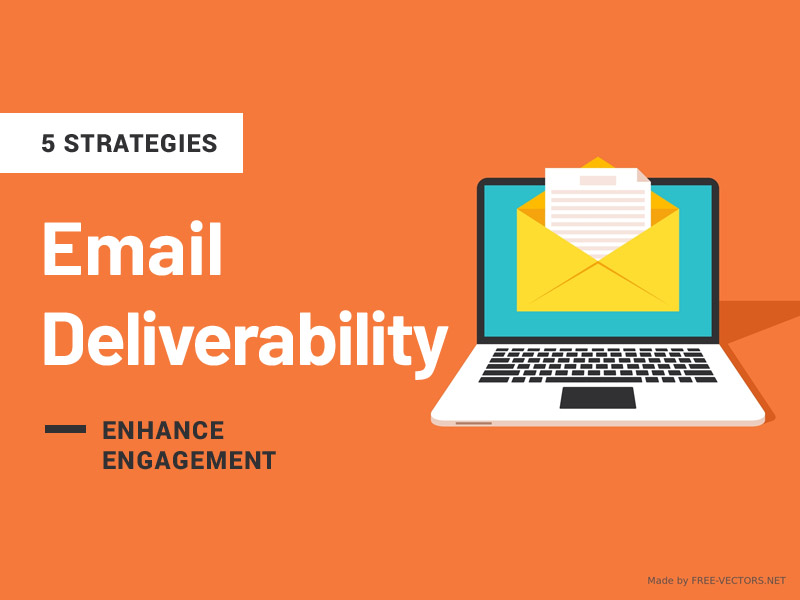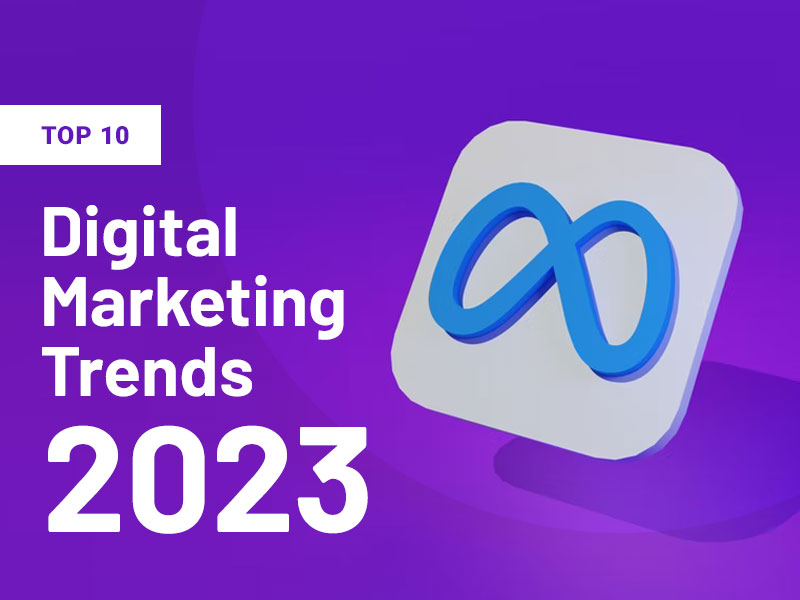Email deliverability is a hot topic for email marketers. It’s the practice of ensuring your emails reach the inboxes of your subscribers. If you’re not careful, your emails can end up in the spam folder, which means they’ll never be seen by your subscribers. In this blog post, we will discuss five email deliverability best practices that will help you reach more of your subscribers and fuel engagement!
Establish Solid Authentication Practices
When it comes to email deliverability test tool, authentication is key. You need to make sure your sending domain has a valid SPF record and DKIM signature. These are two methods that help ISPs verify that your emails are coming from a legitimate source. Without them, your emails could be marked as spam before they ever reach the inbox.
If you’re not sure how to set up SPF and DKIM, your email service provider can help or you can use SendGrid domain authentication. Once you have them set up, you’ll want to monitor your sender’s reputation. This is a measure of how likely your emails are to be marked as spam. A good sender reputation will result in higher deliverability rates, while a bad sender reputation will do the opposite.
High deliverability rates are essential for any email marketing campaign as much as using email spam checker. After all, what’s the point of sending emails if they’re never going to reach the inbox? But achieving high deliverability rates can be tricky, especially if you’re new to email marketing.
Keep Healthy and Updated Email Lists
Your email list is one of your most beneficial marketing assets. It’s a direct line to your customers and prospects, and it’s a great way to build relationships and drive sales.
But if you’re not taking care of your list and don’t use email spam checker, it can quickly become outdated, and filled with inactive or uninterested subscribers.
Here are a few simple tips to keep your lists healthy and up-to-date:
Remove inactive subscribers regularly
If someone hasn’t opened or clicked on an email from you in 6 months or more, they’re probably not interested in hearing from you anymore. Remove them from your list to avoid sending emails to people who will never read them.
Keep your sign-up forms up-to-date
If you’re still using the same sign-up form that you’ve had for years, it’s probably time for an update. Make sure your form is easy to find and use, and that it’s collecting the information you need from your subscribers.
Segment your list
One of the best ways to keep your list healthy is to segment it into smaller, more targeted groups. This way, you can send more relevant, targeted emails that are more likely to be opened and clicked on. Also, don’t forget to use spam test!
Prune your list regularly
Just like you need to trim and prune your plants regularly, you need to do the same with your email list. Remove inactive subscribers, bounced emails, and people who never open your emails. This will help keep your list clean, and prove that your email spam checker tool works great.
Use an email test tool for verification
An email verification service helps you keep your list clean by verifying the accuracy of each email address on it. This way, you can be sure that every email on your list is actually a working email address. Be sure to use email address spam checker for this purpose!

Segment by Engagement Rate
Ever wonder why some of your emails get opened and read, while others languish unopened in inboxes? It could be that you’re inadvertently segmenting your email list based on engagement rates.
Engagement rate is a metric that reflects how much people interact with your content. The more engaged someone is, the more likely they are to open and click through your emails. Conversely, people who are less engaged are less likely to pay attention to your messages.
Segmenting your email list based on engagement rates can help you ensure that your messages are being seen by people who are most likely to find them useful. It is as much crucial as having spam tester. This can help you boost your click-through rates and conversion rates, and ultimately, improve your bottom line
For example, you might send a monthly newsletter to people who always open and click through your emails, and send less frequent updates to people who don’t engage as much. By segmenting your list, you’re telling ISPs that you’re only sending relevant content to people who want it, which can help improve your deliverability rates.
A/B Deliverability Test Subject Lines, Preview Text, and CTAs
Your email’s subject line, preview text, and call-to-action (CTA) are the first things recipients see when they open your email, so it’s important to make sure these elements are optimized for engagement. One way to do this is to A/B deliverability test different versions of these elements to see which ones perform best.
For example, you could test two different subject lines to see which one gets more people to open your email. Or you could test different CTAs to see which one gets more people to click through to your website. By testing different elements of your email, you can ensure that you’re always sending the most engaging content possible.
In order to improve deliverability and engagement, it’s also important to keep an eye on your email list. Make sure that you’re regularly removing inactive subscribers and bounced emails. This will help to improve your overall deliverability rate and ensure that your emails are getting delivered to active users.
By following these best practices, you can improve your deliverability test and engagement rates. By doing so, you’ll be able to send more targeted and effective emails that will get better results for your business. So start implementing these tips today and see how they can help you take your email marketing to the next level.
Personalize Your Emails
One of the best ways to improve your email deliverability is to personalize your emails. When you send a personalized email, you’re more likely to get a higher open rate and click-through rate. And, when you have a higher open rate and click-through rate, you’re more likely to get better results for your business.
To personalize your emails, you can use the recipient’s name in the subject line or in the body of the email. You can also include their company name or website URL. By doing this, you’ll be able to create a more targeted and effective email that will get better results.
Conclusion
Email deliverability is a critical part of any email marketing campaign. By following the best practices above, you can improve your deliverability and get better results for your business. So, what are you waiting for? Start implementing these tips today!







